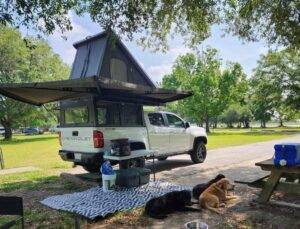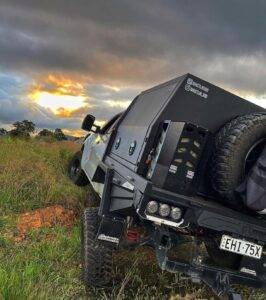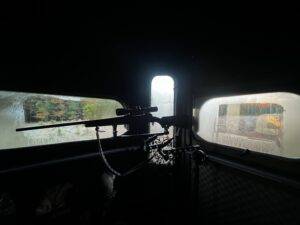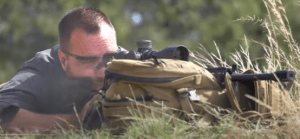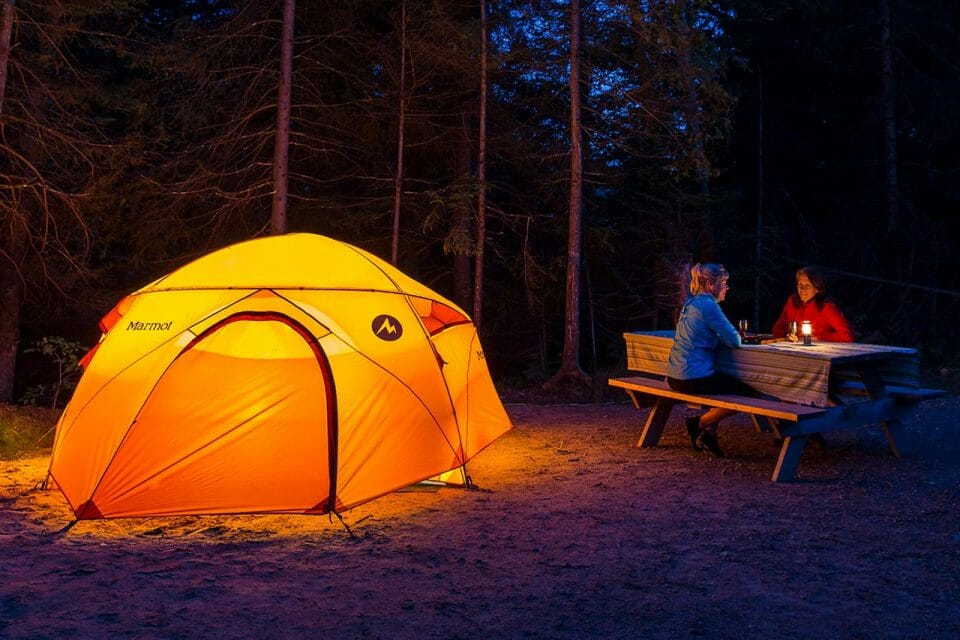
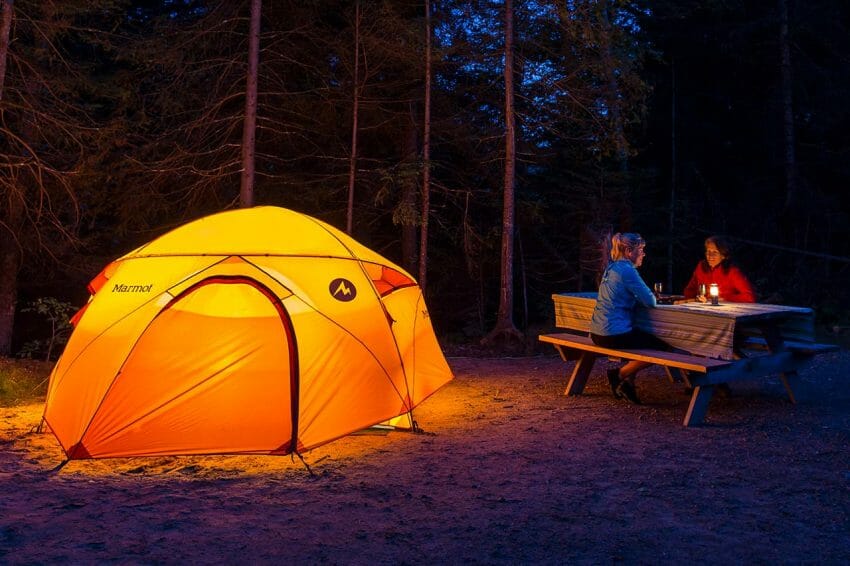
A tent is a quintessential camping item that comes to mind first when one thinks of camping. Tents typically keep the bugs off, water out, provide a physical and mental space for you and increase your privacy when camping. There are plenty of tent designs in the market making choosing the right one a hard nut to crack. For a camping rookie, Tupperware catalog Canada 2019 should be your first stop for your tent needs. The flyer highlights a variety of camping tents and equipment from your favorite stores.
Tents have an incredible amount of features, designs, and sizes, making shopping for one an intimidating exercise. Below is a simple guide to help you choose the right tent for your needs;
DETERMINE WHAT KIND OF CAMPER YOU ARE
First things first, you need to know what type of camper you are. The budget set aside for camping will tell if one will embark on backpacking or car camping. A car camping tent can be a serious investment hence most opt for backpacking. Regardless, whether you are a car camper or a backpacker, a solo camper or a family camper, buying a quality camping tent goes without saying the best investment you want to make. Here’s a great related post about best 6 person tent that’s going to help you for your next camping trip
SIZE OF THE CAMPING PARTY
Tents come in different shapes and sizes, so do the campers. A tent should be just the right size. A very large tent will be cold and a small tent will feel claustrophobic with no room to toss and turn while sleeping. It is recommended to select a tent that is rated two persons more than the actual capacity sited on the tent. This will allow extra space for storage of camping gears and sleeping bags.
DECIDE ON YOUR CAMPING WEATHER
Tents are normally made to cater for 2- 4 seasons depending on what part of the continent one is on. 3 season tent (spring, summer, and autumn) are the most used and they will typically have more mesh than fabric as compared to a 4 season tent that will have more solid fabric to accommodate the winter times. Whether it’s a 3 or 4 season tent, quality is the baseline. The wilderness can at times be harsh to an unprepared camper. According to Outdoor Fun Mag, it is good to purchase waterproof tents for a good camping experience.
PAY ATTENTION TO PACKABILITY
Weight is a point to consider when going camping. Everyone ideally wants a light and spacious tent to accommodate everyone. This places a challenge to the camper as weight and space fight each other. The roomier the tent, the heavier it is. To solve this challenge, a camper can consider using their cars to carry the tent and equipment or simply use a kayak. Keep in mind, the tent is not the only essential need for camping. You need hiking gear, hunting equipment, fishing, and cooking equipment.
TENT LIVABILITY
“Livability” is just a fancy word in camper’s jargon referring to features that make one’s time inside a tent a comfortable one. A big part of livability is how big a tent is, the ventilation, vestibules and how easy it is to get in and out of the tent. Additionally, light and bright fly colored tents are the best as they transmit more light inside, making the interior of the tent look brighter. This makes a tent feel more spacious and pleasant just in case a storm keeps you tent-bound for an extended length of time.
PITCH BEFORE YOU BUY
It’s always advised to pitch the tent at the store when purchasing before hitting the wilderness. There is nothing as bad as reaching up to the mountains and the tents don’t pitch right or worse, the camper is not conversant with the pitching technique. When pitching, look out for the features below;
Freestanding design: this means that the tent can stand without the use of poles. Most traditional tents use poles but tent designers are gravitating towards freestanding designs. This speeds up the time to set up the tent and makes it easy to reposition it. Freestanding design form dome-shaped tents with aerodynamic shapes that are good at shedding the wind and rain.
Vestibules: these are rainfly extensions that cover the front area of the tent. Vestibules help to offer storage for your camping boots and equipment.
Doors: Every tent is going to have at least one door for access in and out of the tent. It’s a real pain to be crawling over other campers in order to get in and out of the tent to use the bathroom. The more the doors to the tent, the better.

